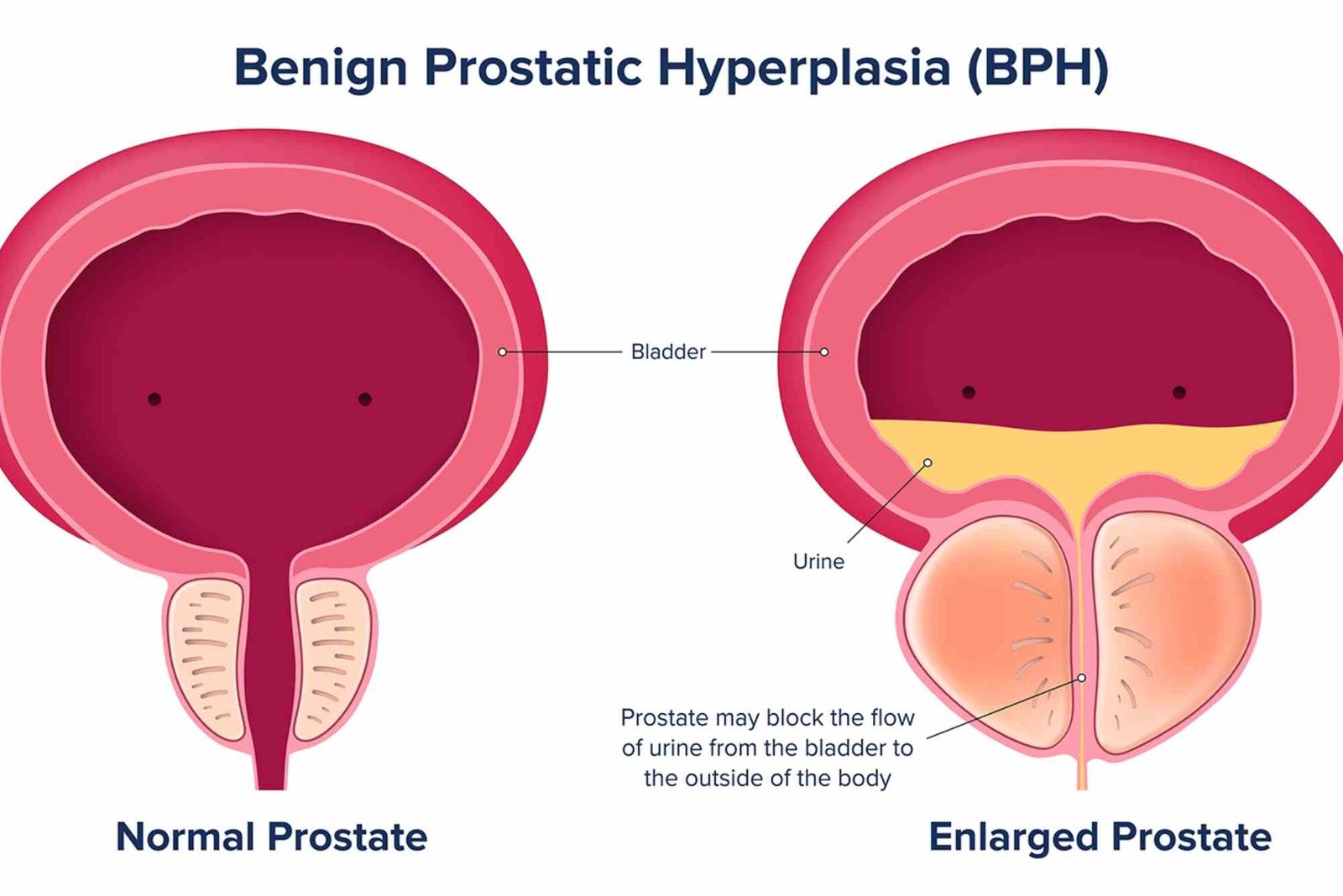Introduction
Finding the right pair of running shoes for women is more than just about comfort — it’s about performance, injury prevention, and personal style. Whether you’re training for a marathon or starting your fitness journey, the right shoes can make all the difference. With so many brands, styles, and technologies available today, understanding what to look for can be overwhelming. This comprehensive guide will help you explore the best picks for 2025 and what factors truly matter when choosing the perfect running shoes.
Why Choosing the Right Running Shoes for Women Matters
Running is one of the most accessible forms of exercise, but without proper footwear, it can quickly lead to discomfort or injury. Women’s running shoes are specifically designed to accommodate the unique biomechanics of female feet — including narrower heels, higher arches, and differences in gait. Wearing the wrong shoes can cause issues like shin splints, blisters, or knee pain. By choosing the right fit and features, you improve your stride, boost performance, and enjoy a more enjoyable run every time.
What to Look For When Buying Running Shoes
When shopping for Running Shoes For Women: Best Picks & What to Look For, understanding the essential factors can help narrow your choices. Let’s explore the main features to consider before buying.
Fit and Comfort
Fit should always come first. Your running shoes should feel snug but not tight, with enough room in the toe box to allow your toes to move freely. Try them on in the afternoon when your feet are slightly swollen to ensure a realistic fit. The heel should remain secure without slipping, while cushioning should support your arch and forefoot comfortably.
Cushioning and Support
Running impacts your joints with every step. Shoes with proper cushioning absorb shock and reduce stress on your knees, hips, and ankles. Different runners require different cushioning levels — for example, long-distance runners may prefer plush midsoles, while sprinters might need firmer support. Many brands use innovative foams and gels to balance comfort and energy return.
Arch Type
Understanding your arch type is essential. Flat-footed runners may need motion-control shoes that provide stability, while those with high arches benefit from shoes offering extra cushioning and flexibility. You can determine your arch type by doing a simple “wet test” — wet your foot, step on paper, and observe your footprint.
Breathability
Breathable mesh uppers allow air circulation, keeping your feet cool and dry. This feature is especially crucial in warmer climates or long training sessions. Look for lightweight materials that wick away moisture to prevent blisters and discomfort.
Traction and Durability
The outsole of your running shoe should provide excellent grip on the surfaces you most often run on — roads, tracks, or trails. Rubber compounds and tread patterns vary depending on terrain type. Trail runners should opt for deeper lugs for better traction, while road runners may prefer smoother soles.
Weight and Flexibility
Lightweight shoes allow for quicker movement and less fatigue, especially during long runs. Flexibility ensures your shoe moves naturally with your foot, promoting efficient motion. Many of today’s top models balance both by using advanced materials like knit uppers and responsive midsoles.
Best Running Shoes for Women in 2025
While the market is full of options, several models stand out for their performance, comfort, and design. The best running shoes for women combine science-backed support with stylish appeal, making you feel confident on every stride.
Nike continues to lead with its innovative Pegasus and ZoomX lines, known for lightweight comfort and responsive cushioning. Adidas’ Ultraboost series remains popular for its luxurious feel and energy return, perfect for both running and casual wear. Meanwhile, brands like Brooks and ASICS have maintained loyal followings with shoes like the Ghost 15 and Gel-Nimbus 26, delivering durability and consistent support. HOKA’s Clifton 9 and On Running’s Cloudsurfer models are also gaining momentum for their plush comfort and futuristic designs.
If you’re looking to Learn about running shoes for women, Article Light’s detailed guide dives deeper into features, fit tips, and model comparisons to help you choose your perfect match.
Common Mistakes When Choosing Running Shoes
Even experienced runners can make errors when buying shoes. One of the most common mistakes is choosing style over substance. A sleek look is great, but your shoe must prioritize function. Another mistake is buying the same shoe for every activity — training, racing, and walking shoes serve different purposes. Lastly, ignoring wear and tear can lead to injuries. Running shoes typically last about 300–500 miles before needing replacement.
How Often Should You Replace Running Shoes?
The lifespan of running shoes depends on how often and where you run. Regular runners should replace their shoes every 4–6 months. If you notice signs like worn-out soles, reduced cushioning, or uneven wear patterns, it’s time for a new pair. Keeping track of mileage can help — most fitness apps now offer shoe tracking features.
Expert Tips for Finding Your Perfect Pair
Experts recommend shopping for running shoes at specialized stores where you can test various models. Gait analysis — where professionals assess your running style — can help identify whether you overpronate (roll inward) or supinate (roll outward). Custom insoles or orthotics can further enhance comfort and support.
Always test your shoes by walking or jogging in them before purchase. A proper pair should make your feet feel supported yet natural, without any pinching or tightness.
The Rise of Sustainable Running Shoes
In recent years, eco-conscious running shoes have become a major trend. Brands like Allbirds, On, and Nike’s Move to Zero collection use recycled plastics, plant-based materials, and sustainable production methods. These shoes not only perform well but also reduce environmental impact. Choosing such pairs allows runners to align fitness with environmental responsibility — a win-win for both you and the planet.
Fashion Meets Function: Stylish Running Shoes for Women
Running shoes are no longer limited to the track. Many women now choose them for everyday wear, pairing them with casual or even chic outfits. Neutral tones, pastel palettes, and minimalist designs dominate current fashion trends. Magazines like Vogue frequently highlight how athletic wear blends with street style, proving that performance shoes can be both functional and fashionable.
If you love staying updated on style trends, Beauty & Fashion Hub offers insights into pairing activewear with modern outfits, ensuring you look great both in and out of the gym.
How to Care for Your Running Shoes
Proper maintenance extends your shoes’ lifespan. Always untie laces before removing them to prevent heel damage. After each run, air dry your shoes to eliminate moisture. Avoid machine washing; instead, clean them with mild soap and a soft brush. Store your shoes in a cool, dry place to prevent odors and material breakdown.
Running Shoes for Every Type of Runner
Each runner has different needs depending on their goals and running surface. Here’s a quick overview of which types of shoes work best for various running styles:
Neutral runners should opt for balanced cushioning shoes that offer natural motion without extra stability. Overpronators benefit from stability shoes that guide proper alignment. Trail runners need rugged soles and reinforced uppers to handle uneven terrain. Minimalist runners may prefer barefoot-style shoes that encourage natural foot movement.
Choosing based on your running type ensures you get maximum comfort and protection on every stride.
FAQs
What type of running shoes are best for women?
The best running shoes for women depend on their foot type, running surface, and preference. Popular choices include Nike Pegasus, Adidas Ultraboost, and Brooks Ghost.
How do I know if my running shoes fit correctly?
A good fit means snug heels, space for your toes, and no pinching. Try them on later in the day when your feet are slightly swollen.
Are expensive running shoes worth it?
Generally, yes. Premium shoes often feature better cushioning, durability, and advanced technology that supports long-term comfort and performance.
What’s the difference between road and trail running shoes?
Road running shoes are lightweight and smooth for pavement, while trail shoes have deeper treads and reinforced materials for rough terrain.
Can I use running shoes for walking or gym workouts?
Yes, but dedicated gym or walking shoes may provide better stability for lateral movements and weight training.
Finding the perfect Running Shoes For Women: Best Picks & What to Look For involves understanding your unique needs, running style, and comfort preferences. From cushioning and arch support to durability and fashion, every detail counts. Investing in the right pair ensures a smoother, safer, and more enjoyable running experience.
Whether you’re just starting your running journey or upgrading your current gear, remember that the right shoes are an investment in your health and performance. Visit Article Light’s guide to explore more about fit, comfort, and trending styles. Step into confidence, style, and performance — because every great run begins with the right pair of shoes.




